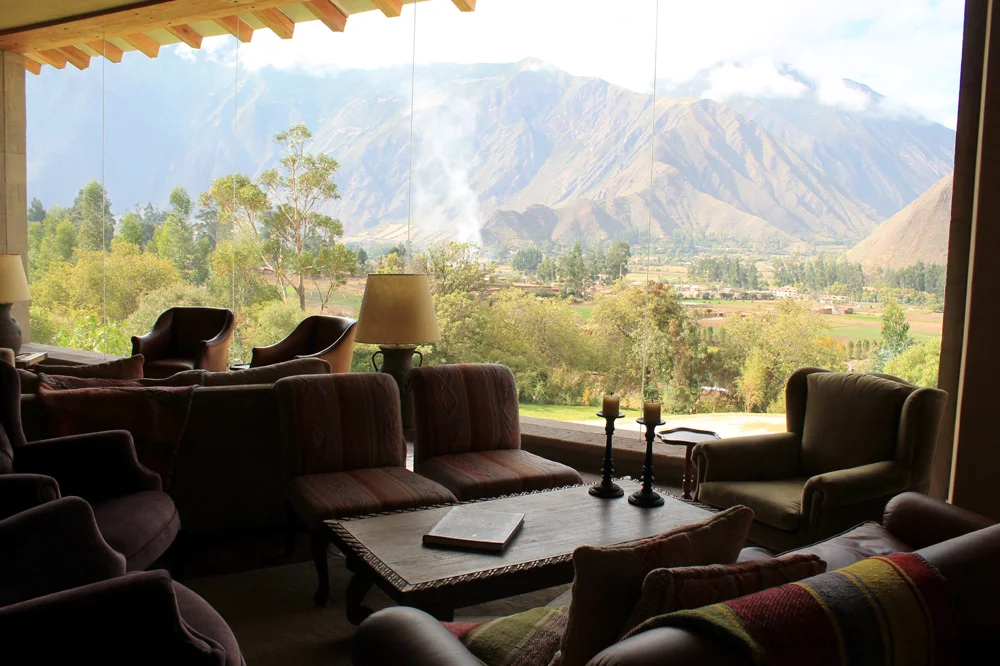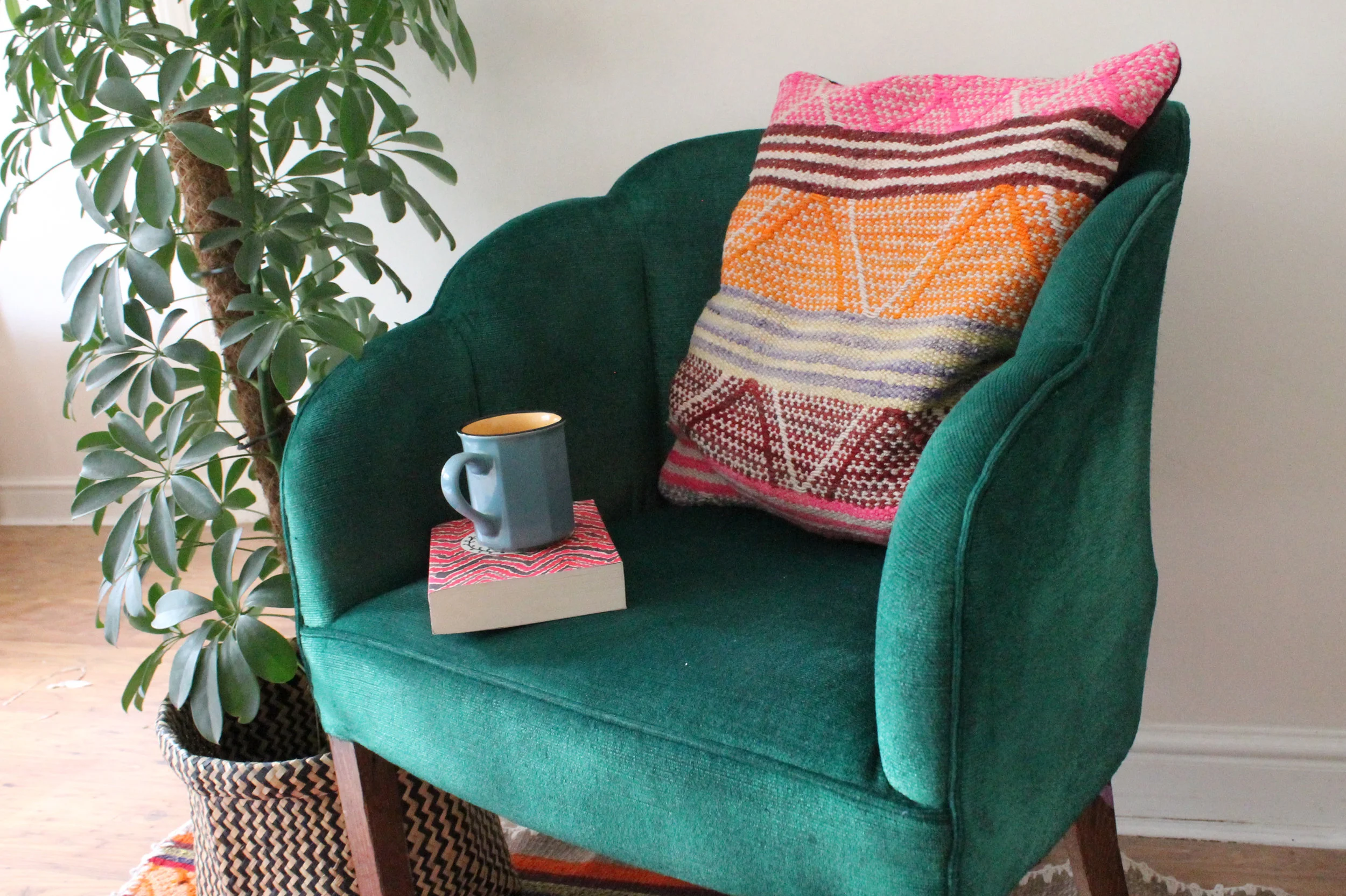
Peru Part 4: Inkaterra Machu Picchu Pueblo Hotel
As soon as you step onto the grounds of Inkaterra Machu Picchu Pueblo Hotel you you are enveloped by dense jungle and an immediate sense of calm. It is such a perfect Oasis away from the noise and hubbub of the main town. Inkaterra own 12 acres of unspoilt cloud forest, and the hotel is nestled right into the jungle.

Peru Part 3 - Inkaterra Hacienda Urubamba
A night's stay at the incredible Inkaterra Hacienda Urubamba.

Peru Part 2 - The Sacred Valley
On the second part of our Peruvian adventure we explored the Sacred Valley, including Ollantaytambo, Moray, Maras, Chinchero and Pisac.

How to Paint a Chair
Find out how I saved £900 and gave my antique chair a new lease of life by painting it.
